How did Istanbul’s population grow so rapidly, who migrated to the city?
 The Suleymaniye Mosque is seen illuminated in the background as people walk in the foreground, their figures reflecting on the rain-soaked surface along the Golden Horn after a rainfall in Istanbul, Türkiye on November 23, 2024. (AA Photo)
The Suleymaniye Mosque is seen illuminated in the background as people walk in the foreground, their figures reflecting on the rain-soaked surface along the Golden Horn after a rainfall in Istanbul, Türkiye on November 23, 2024. (AA Photo)
Istanbul, Türkiye’s largest and most dynamic city, has long been a demographic powerhouse. However, 2023 saw a significant shift.
- Istanbul’s population declined by 252,027 to 15.65 million—a rare event in its modern history
- This marks only the second recorded population drop since the establishment of the republic, the first being in 2020 when the population fell by 56,815
Despite this decline, Istanbul remains the most populous city in Türkiye, home to 18.3% of the national population and boasting a density of 3,013 people per square kilometer.
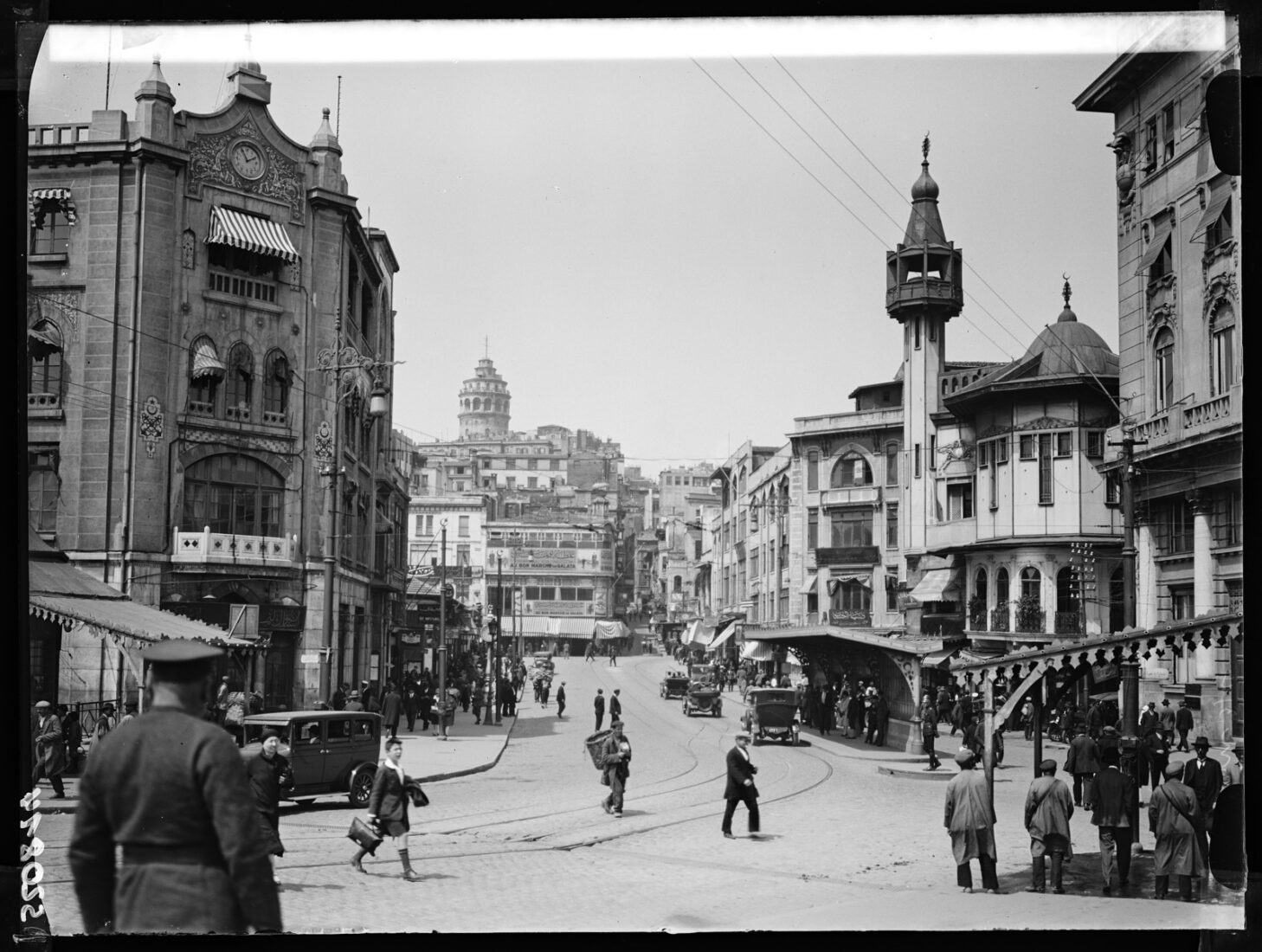
How did Istanbul’s population grow so much over time?
The city’s historical growth trajectory has been extraordinary. In 1927, shortly after the Republic’s founding, Istanbul’s population was just 700,000. By 1950, it had crossed 1 million.
The 1980s saw rapid urbanization, with the population reaching 4.5 million by 1980 and 13.2 million by 2010. This explosive growth in Istanbul’s population reflected its emergence as Türkiye’s economic hub and a global cultural landmark.
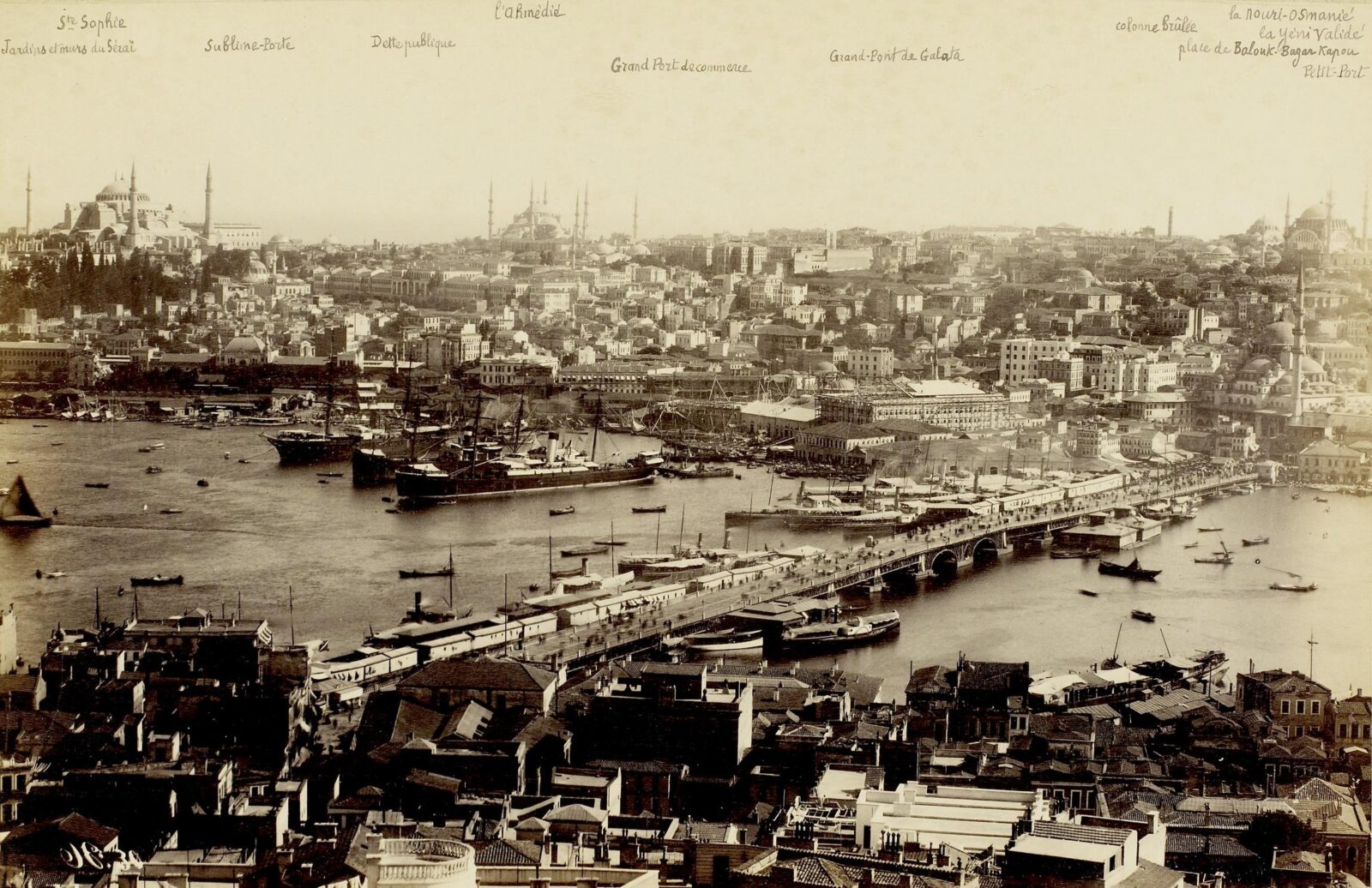
Even compared globally, Istanbul’s population is immense. It surpasses the combined populations of countries such as Greece (10.36 million), Portugal (10.5 million), and Jordan (11.3 million). However, recent declines indicate shifting dynamics, including reverse migration, economic challenges, and a changing urban appeal.
To better understand Istanbul’s growth over the years, the table below presents population milestones and growth rates during key periods.
Istanbul’s population growth over the years
| Year | Population (millions) | Growth Rate (%) |
|---|---|---|
| 1927 | 0.7 | — |
| 1955 | 1.5 | 114.29 |
| 1980 | 4.5 | 200.0 |
| 1990 | 6.6 | 46.67 |
| 2000 | 11.1 | 68.18 |
| 2010 | 13.2 | 18.92 |
| 2020 | 15.72 | 19.09 |
| 2023 | 15.66 | -0.38 |
What makes Istanbul so popular?
Few cities in the world match Istanbul’s geographic, cultural, and economic significance. Spanning two continents, it has historically served as a bridge between civilizations, fostering trade, migration, and cultural exchange.
Its position along the Bosphorus—a vital waterway connecting the Black Sea to the Mediterranean—has made it a center of global commerce for centuries.

- During the Ottoman Empire, Istanbul became a cosmopolitan hub, drawing people from across the empire. Its bustling trade routes, religious diversity, and strategic location cemented its role as one of the most influential cities of the era
- Modern Istanbul continues this legacy, attracting people for its economic opportunities and vibrant cultural scene
- Today, Istanbul remains Türkiye’s financial and industrial heart. The city is home to major industries, including finance, trade, manufacturing, and tourism
- Its cultural heritage with landmarks such as Hagia Sophia, Topkapi Palace, and the Grand Bazaar, draws millions of visitors annually
- Beyond its historical sites, Istanbul boasts modern attractions, from art galleries to tech hubs, reflecting its dual identity as both a historic and contemporary city
However, Istanbul’s population growth due to its popularity comes with challenges. Rising living costs, traffic congestion, and limited green spaces have made urban life increasingly difficult for residents, particularly those from lower-income groups. These factors have contributed to a growing trend of reverse migration to rural areas or smaller cities.
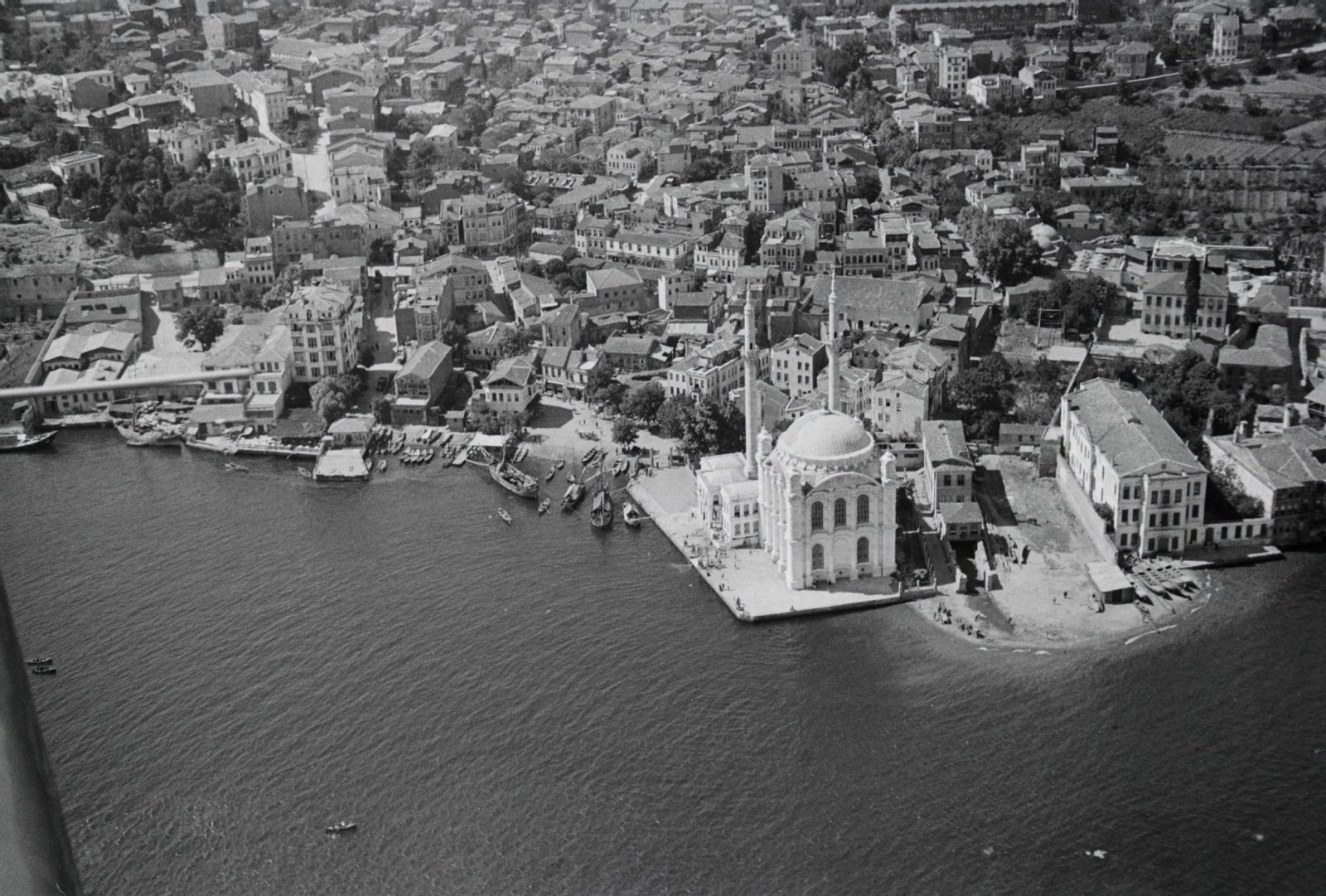
What is the history of Istanbul’s population growth
Istanbul’s demographic story spans millennia of change, reflecting its role as a center of empire and trade.
- During the Byzantine period, Constantinople (modern-day Istanbul) was among the largest cities in the world, peaking at 500,000 in the sixth century and surpassing 1 million in the ninth century
- However, by the 15th century, wars, plagues, and economic decline had reduced the population to approximately 50,000
The Ottoman conquest of 1453 marked the beginning of a demographic revival.
- Sultan Mehmet II implemented policies to repopulate the city, including forced migrations, incentives for settlers, and investments in infrastructure
- By the 16th century, Istanbul’s population had surged to 480,000, making it one of the largest cities of its time
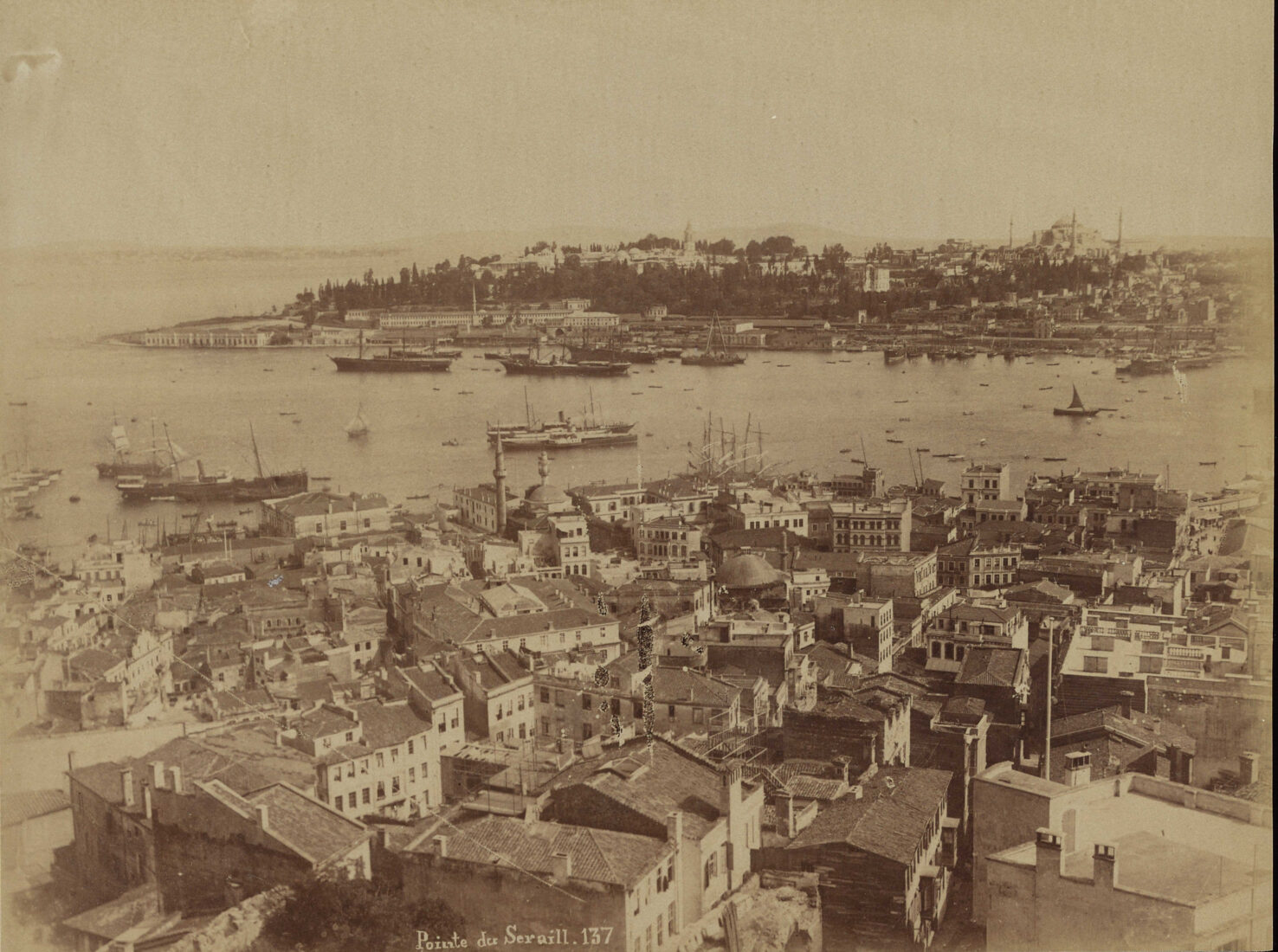
In the Republic era, industrialization drove unprecedented urbanization.
- From the 1950s onward, Istanbul became the epicenter of rural-to-urban migration
- Migrants from across Türkiye flocked to the city in search of economic opportunities, leading to the rapid expansion of its outskirts and the rise of informal settlements
- By 1980, Istanbul’s population had grown to over 4.5 million, and by 2020, it had exceeded 15 million
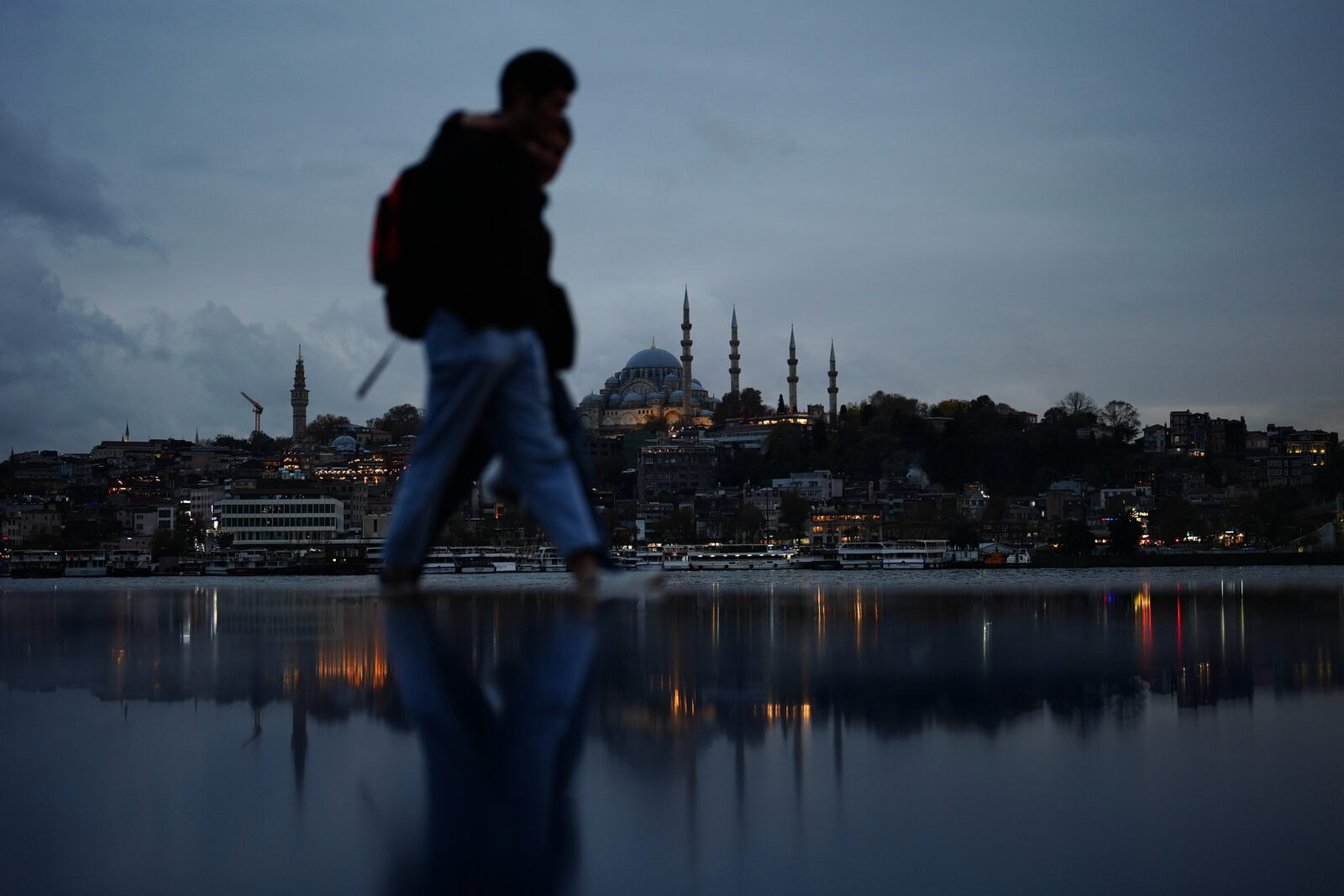
Where are most people in Istanbul originally from?
Istanbul’s population is one of the most diverse in Türkiye, reflecting centuries of migration. Data show that only 2.1 million of Istanbul’s residents are officially registered as natives, while the remaining 12.9 million originate from other provinces.
The largest group of migrants in Istanbul comes from Sivas, with 754,327 residents. Other significant contributors include Kastamonu (544,060), Ordu (515,544), Erzurum, Malatya, and Trabzon.
These internal migration patterns highlight economic disparities across Türkiye, as people from less developed regions have historically moved to Istanbul in search of better opportunities.
This migration has shaped Istanbul’s demographics and enriched its cultural and social fabric.
Origins of Istanbul residents
| Province | Population in Istanbul |
|---|---|
| Sivas | 754,327 |
| Kastamonu | 544,060 |
| Ordu | 515,544 |
| Erzurum | 450,286 |
| Malatya | 419,224 |
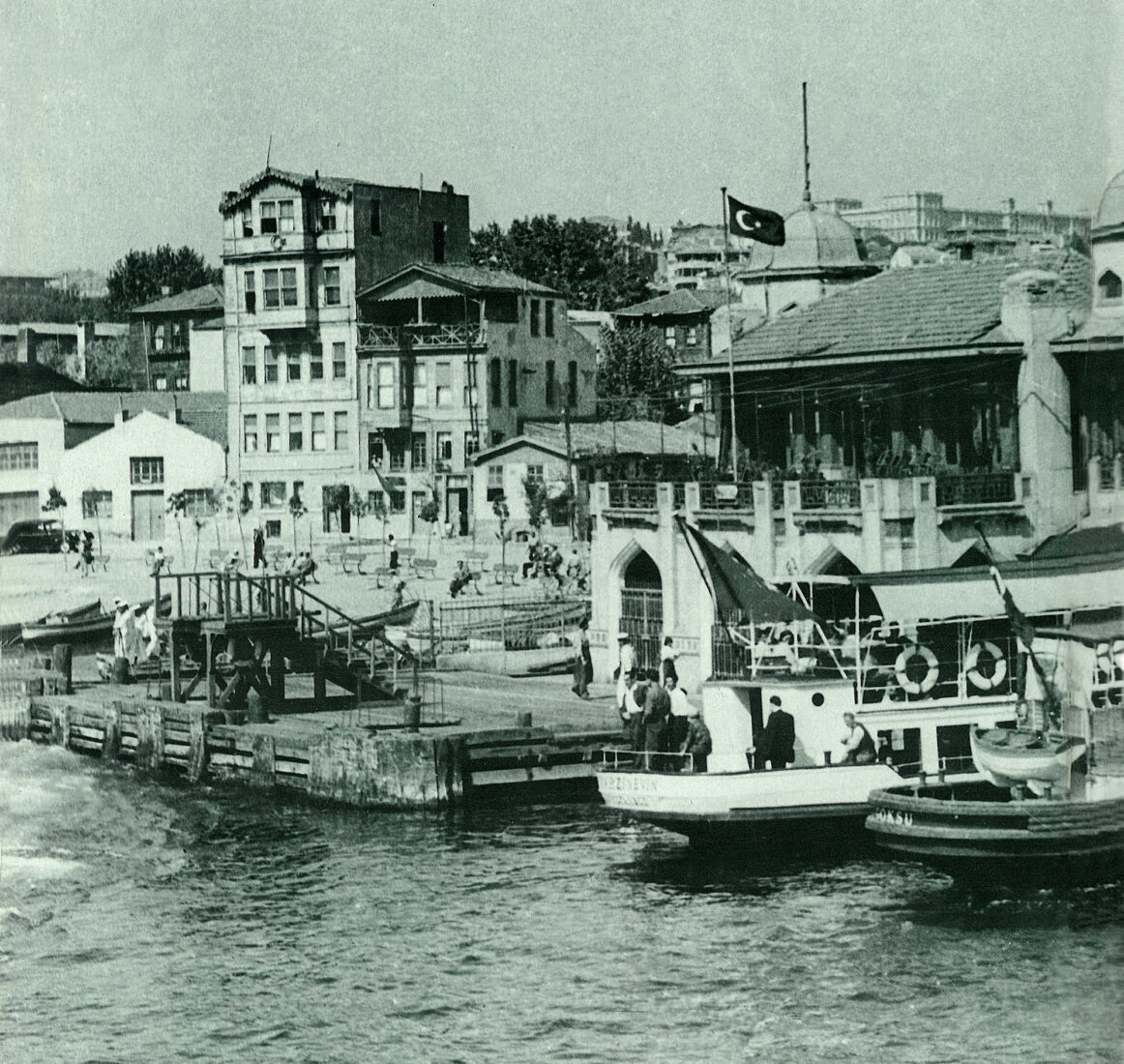
Impact of dropping population numbers on Istanbul
The recent decline in Istanbul’s population reflects broader demographic and economic shifts. Rising living costs, particularly housing prices, have made the city increasingly unaffordable for middle- and lower-income residents.
Between 2022 and 2023, the percentage of Türkiye’s population living in rural areas grew from 6.6% to 7%, signaling a reversal of urbanization trends.
Urban challenges such as traffic congestion, pollution, and inadequate public services have further driven residents to seek alternatives. Retirees, in particular, have been drawn to quieter locations, while younger residents explore opportunities in less costly regions.
This movement is partly driven by the rise of remote work, which allows people to live outside major urban centers while maintaining employment.
Recent population trends in Istanbul
| Year | Population (millions) |
|---|---|
| 2005 | 12.1 |
| 2010 | 13.2 |
| 2015 | 14.6 |
| 2020 | 15.4 |
| 2023 | 15.66 |
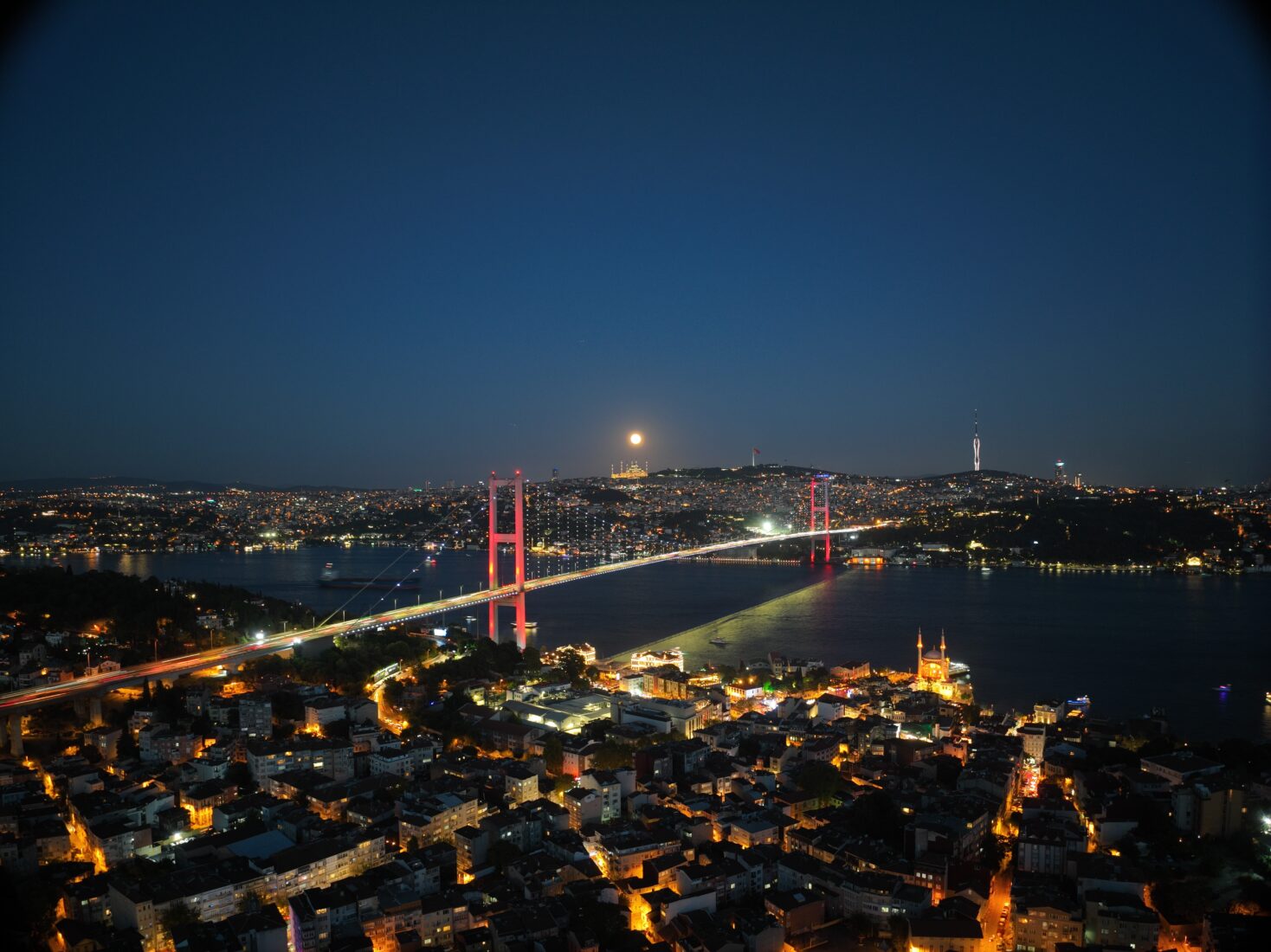
Will Istanbul’s population continue increasing or dropping?
Istanbul’s population is at a crossroads, with recent declines signaling a potential shift in its growth trajectory. Experts debate whether the numbers will stabilize, grow, or continue to drop, with key factors at play.
By the numbers:
- Birth rates: Istanbul’s birth rate fell to 1.29 in 2022, below Türkiye’s national average of 1.62, contributing to demographic stagnation
- Reverse migration: The rural population in Türkiye rose from 6.6% in 2022 to 7% in 2023, driven by high living costs and urban challenges
- Population density: Istanbul remains densely populated at 3,013 people per square kilometer, pressuring infrastructure and livability
What’s driving the trend:
- High living costs: Rising housing prices have made Istanbul unaffordable for many, particularly middle- and lower-income groups
- Urban challenges: Issues like traffic congestion, pollution, and limited green spaces push residents toward smaller cities or rural areas
- Remote work shifts: While some use remote work to leave Istanbul, others move in, taking advantage of its amenities while working globally

The other side:
- Economic magnetism: Istanbul remains Türkiye’s economic hub, with robust job opportunities and cultural appeal that continue to attract migrants
- Potential policy shifts: Investments in urban renewal, affordable housing, and regional economic development could stabilize population trends
What’s next:
The future of Istanbul’s population depends on strategic decisions:
- Without interventions, declining birth rates and reverse migration could exacerbate population losses
- If challenges like affordability and urban stress are addressed, the city could retain its global appeal and stabilize its demographics
Istanbul’s population story mirrors its broader narrative of resilience, adaptation, and transformation. From its Byzantine and Ottoman heights to its republic-era expansions, the city has continually redefined itself in response to changing circumstances.
Today, as Istanbul navigates new demographic challenges, it faces an opportunity to innovate and adapt, balancing population dynamics with its role as Türkiye’s cultural and economic heart.



